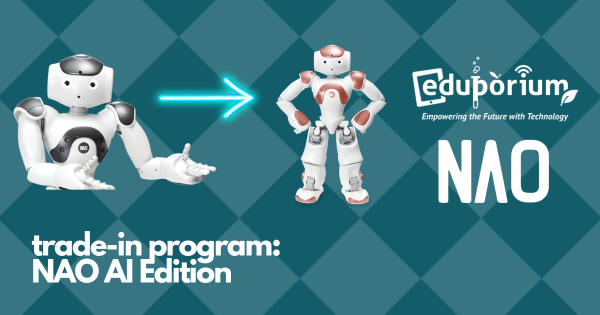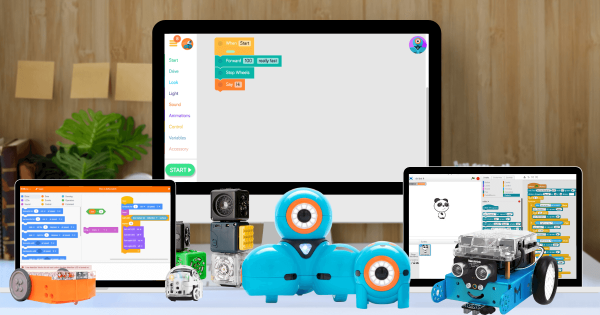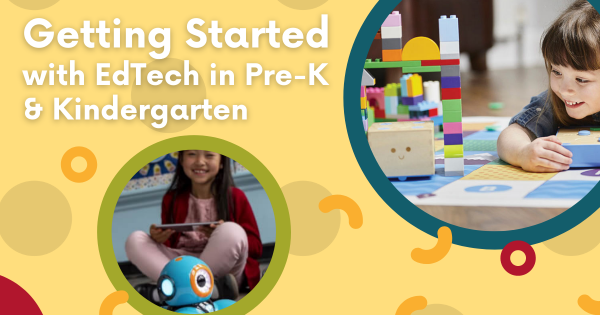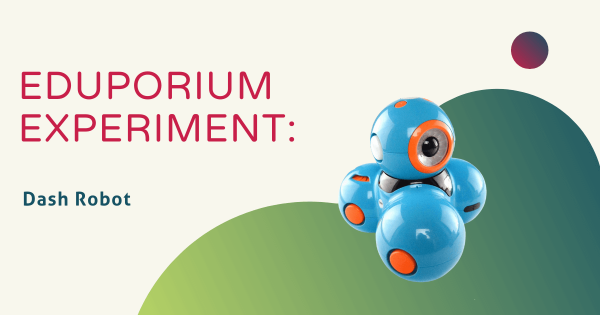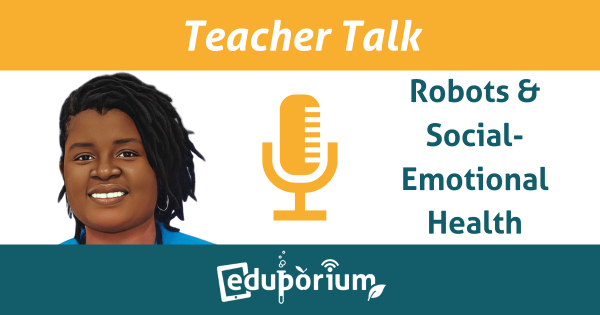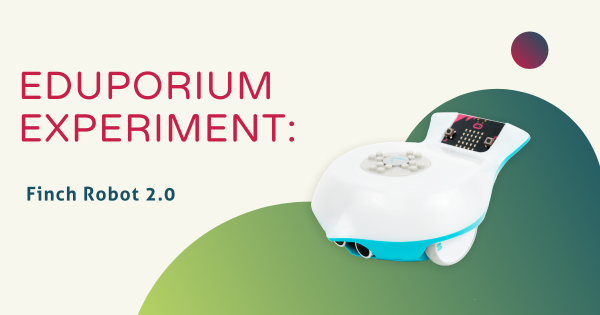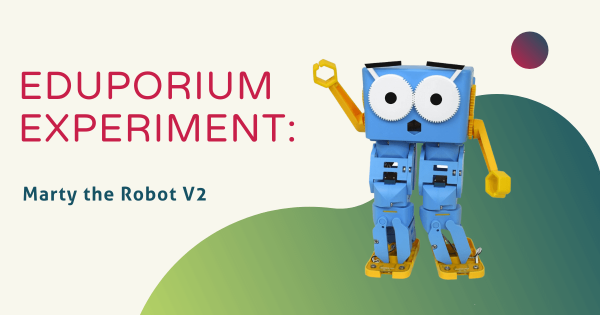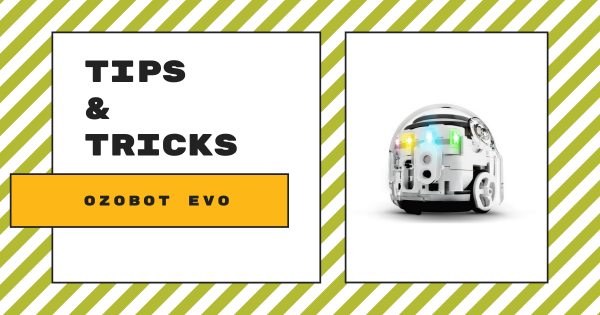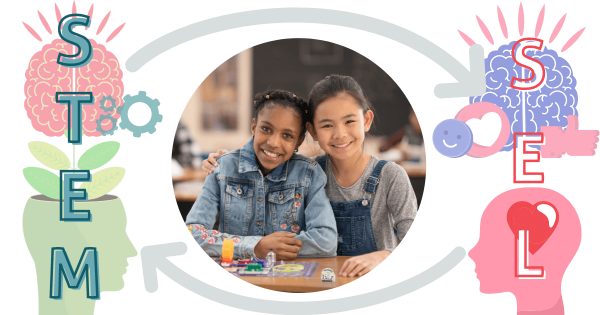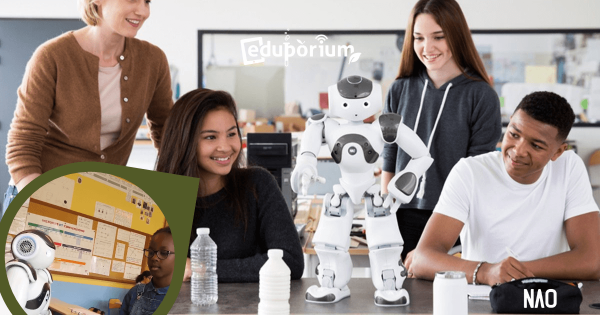After its impressive streak as the most advanced humanoid from Softbank Robotics, the NAO V6 has a successor. Still pretty new to the STEM scene, the NAO V6 AI Edition is packed with amazing features and new modes for your students to explore. Whether using the presenter mode, conversation mode, or coding in C++, C#, Python, or Java, it’s perfect
Robotics
Some of the most popular paths and effective approaches to preparing students for their future involve using robotics tools. A significant subsection of STEM education, coding robots and other types of programmable devices enable a large percentage of the STEAM learning that occurs in our schools. Using educational robotics tools, students from Pre-K to college can develop key coding skills. This is largely because, among these various robot kits, many are compatible with various programming languages. So, beginning in Pre-K, a child might use the Cubetto Robot in screen-free coding activities. Then, they might move on to the Bee-Bot or Blue-Bot for CS experiences that are slightly more complex. And, by the time they're in kindergarten or first grade, they have a legitimate foundation and they're ready to continue developing fluencies in coding, problem solving, and even computational thinking.
One reason robotics in education is so effective is due to various advances in robotics equipment for schools. Beyond introducing the absolute basics of coding early on (and without a screen), students can then progress to one of the most basic forms of coding, which you might know as Blockly. So many robotics tools incorporate the Blockly coding language along with their corresponding programming environment. In fact, the Ozobot Evo, Root Robot, Edison Robot, and Dash Robot are among the most popular elementary robotics tools. These help children build on coding and technology knowledge as they prepare for the next step—text programming. In text coding, they can use tools like the databot 2.0, NAO Robot, and most of the others we've mentioned. And, through these experiences, they can develop STEM skills in a tangible way while using robotics tools to do so.
-
Eduporium Weekly | Learning And Coding With Blockly
Teachers could use Blockly coding to teach kids about inputs and outputs on a very basic level before progressing to various, more advanced coding concepts, like loops and logic. Best of all, there are a bunch of great STEM tools for introducing kids to Blockly programming, like the Dash Robot, the Ozobot Evo, Finch Robot 2.0, Edison Robot, and the -
8 Early Education Technology Tools: STEM In Kindergarten
There are actually a lot of awesome early education technologies students could use for practicing everything from problem solving or engineering to math or even coding in Pre-K or kindergarten. Whether it is engaging them more successfully or actually introducing hands-on experiences, including coding, the right tech has a place in ECE and these are some favorites. -
Eduporium Experiment | Dash Robot From Wonder Workshop
The Dash Robot is one of the most recognizable and effective STEM tools available to tech educators. Its friendly face, bright blue surface, and value in coding education help make it a go-to option in classrooms, STEM labs, and makerspaces in countless elementary schools. And, with plenty of fun coding features, teacher-friendly resources, and more, it’s easy to see why. -
Teacher Talk | Robots & Social-Emotional Health
The skills kids acquire through hands-on STEM activities can help prepare them to show resilience or emotional intelligence when they face adversity as well as helping them learn to navigate modern-day challenges. Dr. Pam Davis founded pop-up makerspace company, Wellbotics, and learned this early on. Here, she talks SEL, social justice, embodied learning, and more. -
Eduporium Experiment | Finch Robot 2.0
The Finch 2.0 and its range of classroom-friendly features help teachers to create more accessible STEM experiences for students who might learn in different ways. There’s also a huge range of options for using the Finch 2.0 to introduce children to coding. Starting in kindergarten with FinchBlox and up through high school with Java, the Finch 2.0 helps provide lots -
Eduporium Experiment | Marty The Robot V2
The Marty V2 is ideal for students in Grades K-8 since they can easily build their bots themselves. This helps teachers incorporate in-class engineering experiences as well as enabling children to better connect their heads and hands throughout that building process. Once it is built, students can then explore opportunities for different types of coding with this compact robot. -
Tips & Tricks | The Ozobot Evo Robot
Students can program with their Evo in two unique ways: screen-free using color codes, markers, and paper or using the OzoBlockly environment on a device. Plus, for STEAM teachers, the Ozobot Classroom LMS offers them an incredibly smooth instructional experience and it’s super helpful when it comes to tracking student progress and monitoring their assignments. -
STEM And SEL In Classrooms: Exploring The Relationship
Starting with teaching skills like creative problem solving, persistence, and collaboration, merging these two key elements of education can really help students learn to enjoy the productive struggles they’ll likely face in a tech-driven world. So, we’re exploring how teachers can combine SEL, EdTech, and the right attitudes to help kids become well-rounded problem solvers. -
The Most Exciting Ways To Teach And Learn With The NAO Robot
Using the NAO Robot V6 to teach programming in middle or high school is very effective and it is also very valuable in helping educators connect with students who may learn differently. For these reasons (and more), the NAO V6 is great for helping both K–12 and higher education instructors facilitate innovative and high-quality STEM-based learning opportunities.




